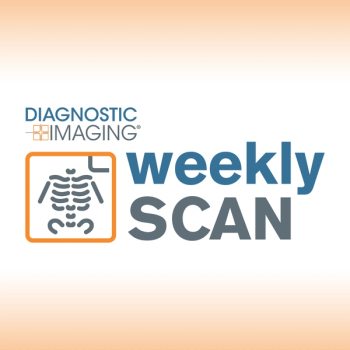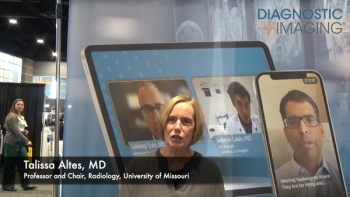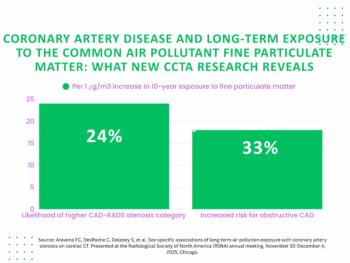Multicenter Study Shows Capability of AI CCTA Analysis for Predicting Major Adverse Cardiovascular Events
Al-powered quantitative assessment of coronary CT angiography (CCTA) revealed that non-calcified plaque volume was over 3.5 times higher in patients who had major adverse cardiovascular events, according to multicenter research presented at the Transcatheter Cardiovascular Therapeutics (TCT) conference.
For patients with suspected coronary artery disease (CAD), a multicenter study demonstrated that higher diameter stenosis and non-calcified plaque volume, as measured by artificial intelligence (AI)-enabled evaluation of coronary computed tomography angiography (CCTA), were predictive of major adverse cardiovascular events (MACEs).
In a
In patients who had MACEs, the researchers found that AI quantitative measurement of non-calcified plaque volume was 148.80 mm3 in comparison to 39.60 mm3 in patients without MACE.
The researchers also noted that 43.8 percent of patients with MACEs had > 50 percent diameter stenosis in comparison to 13.2 percent of those without MACE.
"The integration of AI in assessing coronary artery disease represents a transformative leap in our ability to predict and manage coronary heart disease-related events. AI-QCT analysis of cardiac CT provides diameter stenosis percentages and an accurate view of non-calcified plaque volume based on millions of images,” noted James K. Min, M.D., the founder and chief executive officer of Cleerly. “This research not only highlights the potential of AI to improve diagnostic accuracy but also the importance of early intervention in reducing the risk of serious cardiovascular events."
In related news, the American Medical Association (AMA) has issued a
Newsletter
Stay at the forefront of radiology with the Diagnostic Imaging newsletter, delivering the latest news, clinical insights, and imaging advancements for today’s radiologists.





























